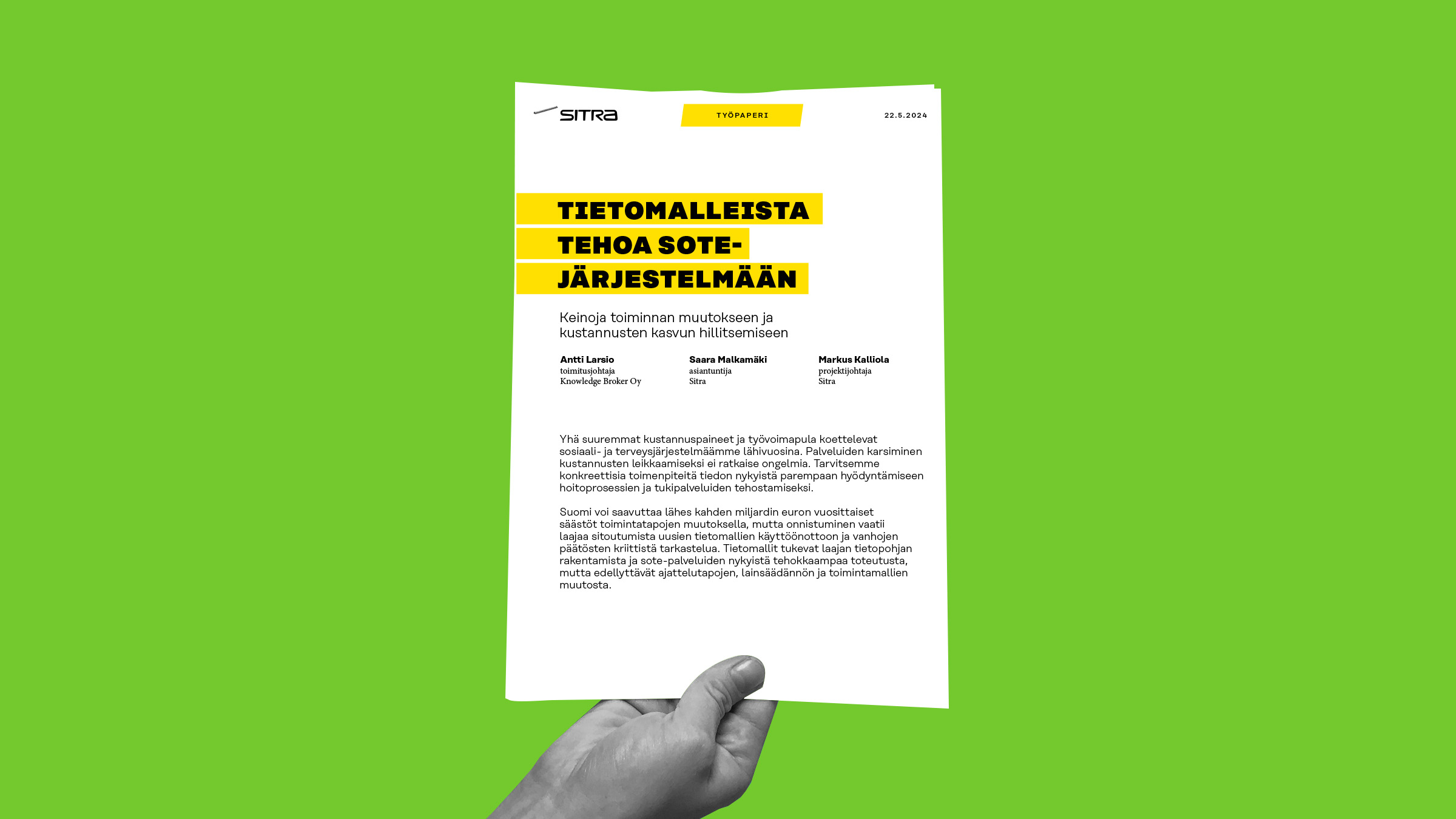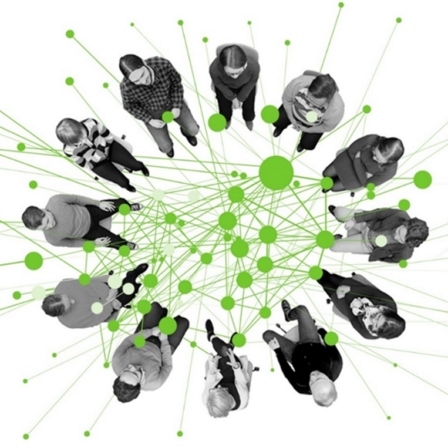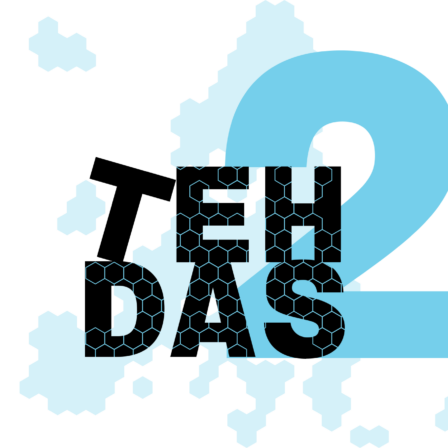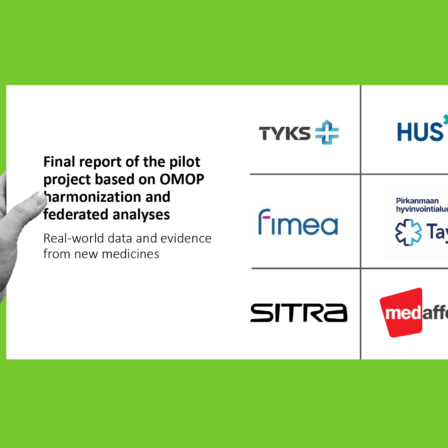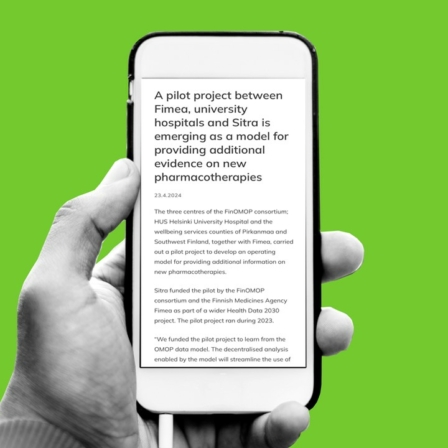Rising costs and labour shortages are challenging the Finnish social and healthcare systems. The public debate focuses mainly on funding and resource adequacy, but there are few solutions for improving access, quality, cost-effectiveness, division of labour and leadership. There are, however ways to improve the situation.
Better use of data and improving efficiency through data offer an important solution to the problems of the social and welfare services system. Data is currently scattered across hundreds of systems in wellbeing services counties and is not stored in data warehouses that conform to a standardised data model.
The introduction of harmonised data models will provide a comprehensive knowledge base to create smoother care pathways for social and health care clients and to streamline and automate support service processes and facilitate the comparison of patient data from different providers and even from different countries. Data models describe the information available and the correlation between data and, for example, different interlinked specialised care pathways.
A comprehensive database allows for operational change, resulting in significant benefits and potential savings. Significant savings could be made in Finland – almost €2 billion a year – compared to the projected cost increase by improving care and service delivery, especially for those healthcare clients who account for 80% of the cost of using services. These clients account for 10% of the total cost of the social welfare and health services they use, amounting to almost €20 billion.
However, the change will require national decisions and a period of three to five years to reform policies and information systems. The necessary investment can be achieved mainly by reallocating existing funding.
Around a quarter of national IT expenditure (€1 billion) over the next five years should be devoted to the introduction of data models. Less than a third of the one-off costs (€1 billion) of integrating client and patient records could be saved. This money could be reallocated to data modelling work.
Implementing the data models in the five collaborative areas in Finland and improving efficiency will require a strong commitment to data harmonisation, the support of senior government and the active involvement of the wellbeing service counties. National guidance will ensure that the content is consistent across the country.
Change requires an evaluation of past decisions, a new way of thinking and an understanding that old solutions may not be suitable for the future.
At the heart of the change is the introduction of the openEHR data model, which enables better use of social and health data to improve the efficiency of the service system and the long-term storage of client and patient data. OpenEHR will not only enable a harmonised knowledge base across collaborating regions, but also a new strategic architecture for the procurement of patient and client data systems in wellbeing services counties.
Another necessary change is the adoption and widespread use of the OMOP data model, which would support the research and innovation activities across the health and social services sector.
There are challenges to implementing data models, such as changes in legislation, lack of human resources and the need for financial investment. But the biggest challenge is our mindset and the solutions and approaches we need to build on it.
